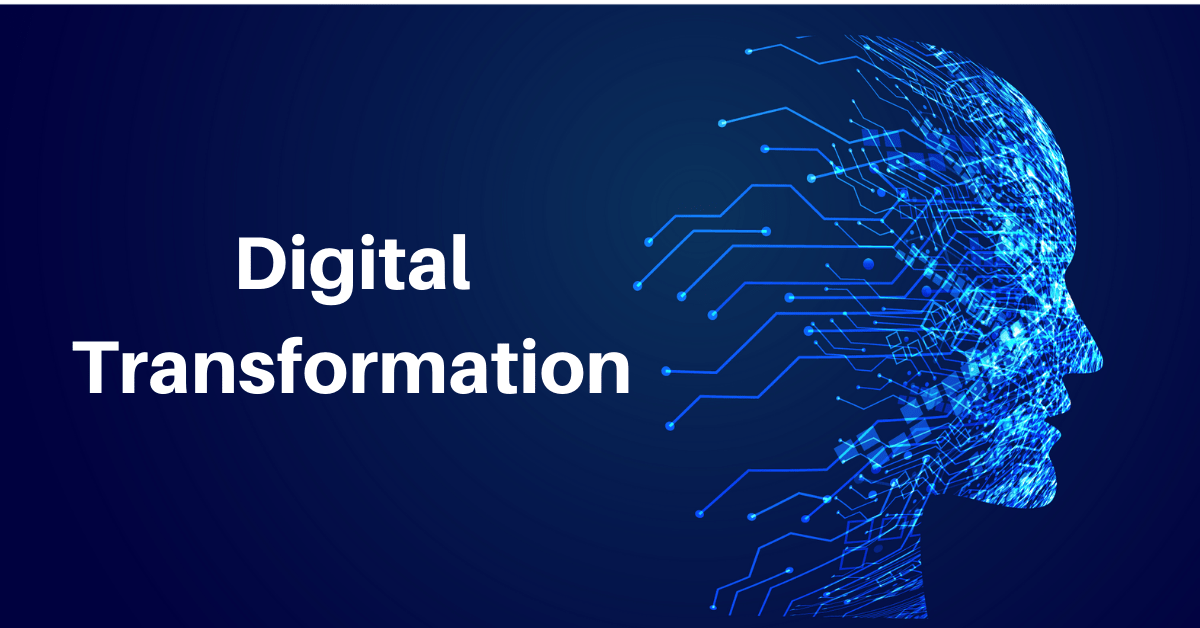The technological advancement and recent wave of innovation shaping new-age customer experience quick, seamless and personalised. Customer desire for on-demand banking and payment solutions changing the landscape like never before. Due to the simplicity and convenience offered by the digitization initiatives across industries the payment segment has undergone drastic changes in the past few years. The ongoing digital revolution has disrupted the payment companies to capitalise the power of big data, analytics and the cloud to create customer-centric models. While the legacy financial institutions have been slow to catch up due to a complex core infrastructure and lack of agility in their operations, innovative non-bank payments providers are causing disruption and driving rapid changes to the payments landscape. As a result, the digital service offerings from new-age competitors — FinTechs and challenger banks — are now threatening the existence of traditional players.
Digital disruption through the use of computer algorithms, big data analytics, artificial intelligence, machine learning and robots can be compared with the introduction of the steam engine and electricity as drivers of economic progress. The way consumers experience payment changes significantly by the introduction of innovative payment methods by non-banking players like Google, Apple, Facebook, Amazon and Alibaba. Almost every party in the payments ecosystem has been touched by these waves of digital transformation—from card issuers and acquirers to processors and gateway providers—and the relentless emergence of new technologies has only sparked additional disruption.
In addition to the digital transformation initiatives though the digitization of processes has been happening for the past several decades, the COVID-19 pandemic push it further. The digital transformation in business process and seamless payment already shifted from consumer choice to habit. This behavioural shift presence immense opportunity for the service providers across the segments. To cope up with such situation, the immediate objective for both banks and card companies is to stay relevant in this new ecosystem. In the longer term, the objective is to thrive in the changed landscape by exploring opportunities and reimagining their value propositions. For this, a comprehensive look at the challenges and opportunities that lie ahead for the FIs is required and how by leveraging digital technologies, they can reinvent themselves from close-looped institutions to open, collaborative and customer experience driven enterprises.
The Digital Transformation Shift Driver
The shift toward origination and adoption of digital payments solutions is essentially the outcome of diverse consumer need and technology advancement. However, basis of digital payment ecosystem can be categorised into broad factor as illustrated below –
1. Customer Centricity
The new age customers have become accustomed to a convenient and highly interactive user experience offered by the companies like Google, Amazon, Facebook and Ubers etc. In be in the race payment companies must come out with the solution capable to address increasing customers demand for a similar hassle free experience for their payment needs. Over and above this, payment as an experience is getting highly personalized with customized rewards, loyalty programs and offers based on consumption and buying patterns.
The demand for “anytime, anywhere” payments complemented by superior smartphones, internet connectivity and non-physical interfaces is fuelling the growth of real time payments systems worldwide. Players, including financial services (FS) and FinTechs are continuously exploring new technologies to facilitate seamless and faster payment processing.
2. Technology Advancement
According to industry estimates, use of mobile devices and internet is expected to reach 3 billion worldwide, covering 65 percent of the world’s adult population by the year 2020. Equipped with high processing powers, substantial memory, high resolution cameras, GPS, barcode scanners and NFC based technologies, these smartphones are powerful enablers for digital payment systems. Along with these smartphone penetration new technologies like distributed ledger technology (DLT), cryptocurrencies, Internet of Things (IoT) backed device automated payments, APIs, point of sale (POS), mobile wallets, tokenization driving payments landscape to create a seamless payments ecosystem.
Some of the digital technology enablers, their benefits and examples are listed in the below table:
| Technology | Benefits | Examples |
| Digital Ledger Technology (DLT) | Decentralized and scalable with superior business continuity, disaster recovery and risk management | Use Case: Civic is an e-KYC platform providing secure digital identity at reduced costs. |
| Cloud | Reduction of infrastructure costs, improved scalability, flexibility and improved service offerings | Paygilant is a cloud based service which detects fraud at the point of payment with an innovative mobile payment solution. |
| Application Programing Interface (API) | Improving operational and cost efficiency, better risk management for banks through risk sharing with customers and third party providers | IATAPay is enabling airlines better manage working capital and liquidity through near real time payment and better cost efficiencies. |
| Data Analytics and ML | Deeper customer insights resulting in di- verse product and service offering | MyBank is looking at the financial data that customers and small businesses accumulated on Alipay for loan provisioning. |
| AI, IoT and Smart Devices | Increased ease due to device initiated pay- ments, preemptive fraud detection, better risk management and compliance | Fitbit Pay allows users to pay at stores via the fitness tracker. Amazon Dash allows users to replenish grocer- ies and pay via the integrated Amazon pay. |
Source: Infosys
3. Connectivity Driven Innovation
Digital transformation enabling ecosystem requires easy and increased level of connectivity among the ecosystem players. The Internet of Things (IoT) has opened up the possibility of connecting just about any physical device to the internet and ensure smooth exchange of information.
The API based connectivity and open banking system can help FIs to meet the consumer demand of extreme connectivity and convenience in payments. As connectivity multiplies, the matching payment options to enable consumers to pay when, where, and how they want to will also multiplied.
4. Regulatory
The digitization of payment is highly dependent on relevant regulatory framework of the respective country. The regulatory framework always played a crucial role in determining the proliferation and success of digital payments globally. Although the objectives of governments are based on the economic needs of the specific country, yet they have largely taken a pro- digital payment stance. This is providing necessary stimulus for growth of new business models by encouraging players to invest and channelize their efforts in building digital payment solutions.
The most recent example of regulatory support for digital transformation can be India. The ‘demonetization’ of all ₹500 and ₹1,000 banknotes of the Mahatma Gandhi Series by Government of India expedite the digital payment adaptation largely among the consumers of India. Additionally, Unified Payment Interface (UPI) in India has boosted digital payments. Besides, the other global examples of govt. initiatives to boost digital payment includes but not limited to the follows –
- PSD2 (Revised Payment Services Directive) in Europe is set to ‘democratize’ the banking industry by mandating FIs to provide access of customers’ banking data to third parties.
- The New Payments Platform in Australia (NPP) which was setup with the objective of providing a national payments infrastructure for enabling consumers, businesses and government agencies to send and receive real-time domestic payments.



